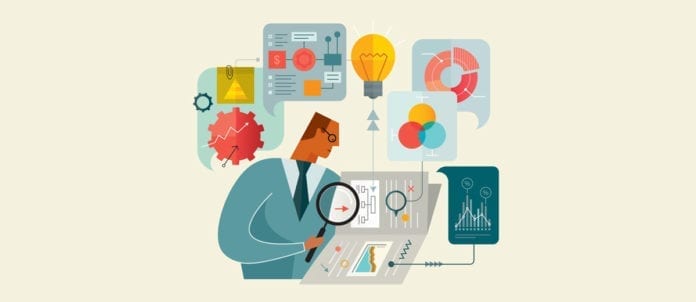Data has become the lifeblood of today’s foodservice operations. From pulling sales numbers from POS systems to sophisticated analytics apps and cloud-based analytics services, restaurateurs of all sizes are combing through the numbers to find the most efficient way to run their operations.
However, there’s a difference between simply tallying sales numbers and understanding them in the right context for your business.
“Don’t accept everything you read at face value,” advises Mark Wilson, consulting chef of Mark Wilson Culinary Consulting in Toronto. “We live in a world of information, where the first things you look at aren’t necessarily right or up to date.”
Even available industry reports aren’t necessarily a fit for a Canadian business, he says. “If research data you’re paying for is U.S. based, those trends don’t always match Canadian markets.”
Data collected through POS systems is a good starting point, Wilson says. “But you should measure the sales against other factors, such as demographics, customer patterns, available products and what’s happening in the neighbourhood.”
Sometimes an issue behind a low-selling item can be found in something the data won’t tell you, says David Hopkins, president of Toronto-based The Fifteen Group. “It could be something as simple as how you present it, poor marketing, or a local competitor running a promotion.”
He cites the case of a restaurant where a high-margin item was unpopular. “It turns out the word miso on the menu description was what put people off. We took out the word and sales went up tremendously. Or you might have two similar items — one makes you $14, the other $11. Is it worth having the $11 item if it’s stealing from a more-profitable one?”
A key data point few restaurateurs engage in is detailed costing, Hopkins notes. “Up to 90 per cent haven’t costed their batch recipes properly. If you have Caesar salad, you may have worked out the batch and yield, but you need to cost out each ingredient in that recipe and compare that to other items in the same category. This is the only industry where that happens. If you buy a new car, I can guarantee the manufacturer would know exactly how much [every component] costs and the margin.”
There are a number of available and inexpensive cloud-based solutions that operators can access to improve the analytics processes. A good source for feedback is OpenTable, Hopkins says. “It has phenomenal abilities.” Analysis includes occupancy, turn time, bookings, referral and monthly performance.
TouchBistro also generates various reports that can prove useful in running day-to-day operations. “A lot rely on those reports to make informed decisions,” says Alex Barrotti, CEO, TouchBistro. “You can look at data many ways beyond what’s your best-selling drink, for example. You can look into whether it’s across the board or one particular server or time of day.”
Then there are subscription-based services, such as Avero, that offer enhanced reporting that provides even more context — including social-media tracking. “It’s very comprehensive in the way it integrates with other systems for advanced reporting,” Barrotti says.
Whatever amount of data you have available to you, Wilson says there’s also value to be found in personally checking out markets where food trends are ahead of the curve. “We used to go to New York once a year and hit five trending restaurants in a day to try as much as we could off the menu. If you don’t have the budget to do that type of thing, you can always check out their menus and reviews on the Internet.”
Written by Denise Deveau


















